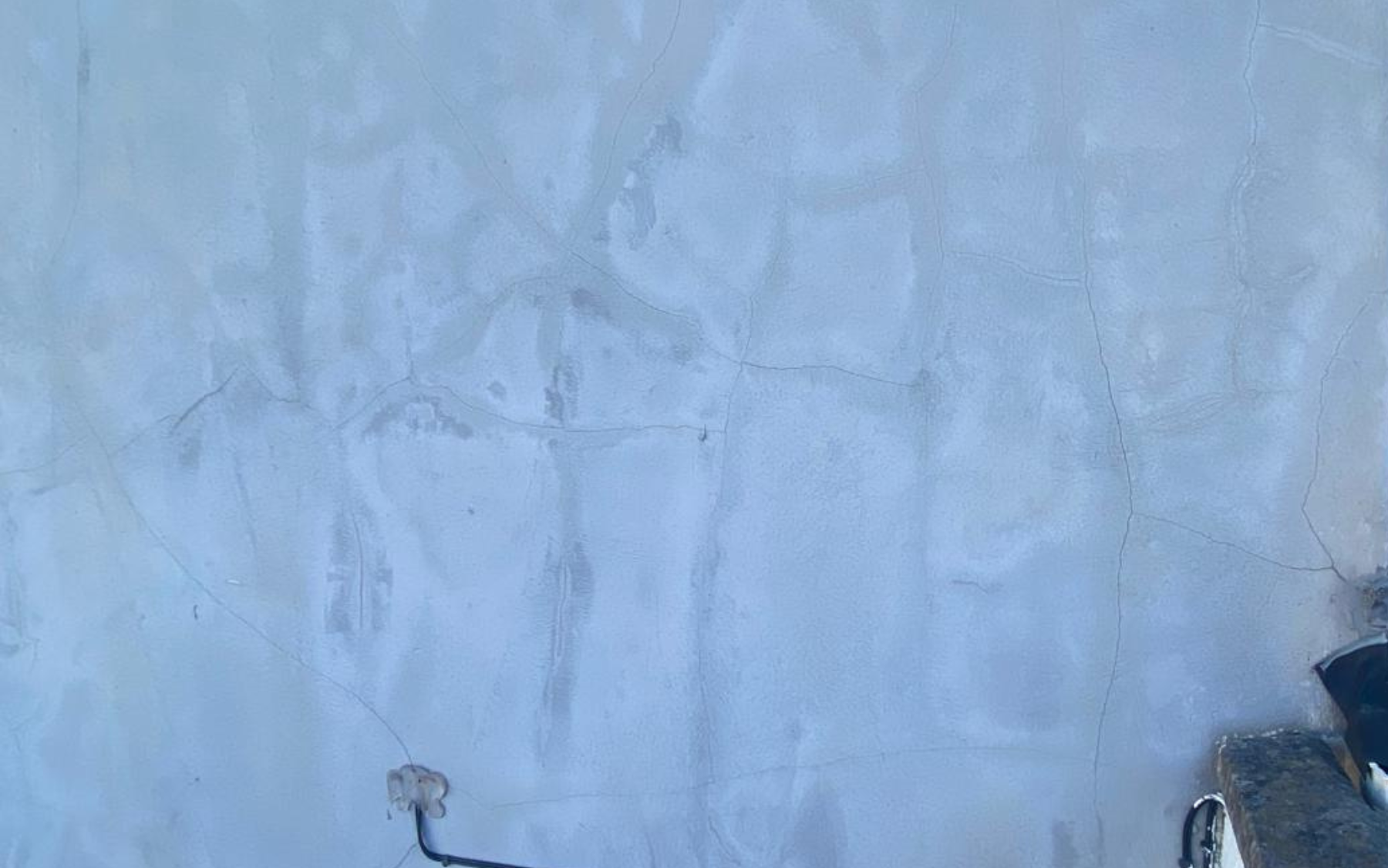
Spiderweb cracks, also known as crazing or alligatoring, can appear on walls due to mistakes in painting. Several factors contribute to these cracks:
- Poor Surface Preparation: Not cleaning or sanding the wall adequately before painting can lead to poor adhesion and eventual cracking.
- Use of Incompatible Paints: Applying a new coat of paint that doesn’t match the existing surface can result in cracking.
- Thick Paint Layers: Applying too much paint in one go can cause it to crack as it dries and contracts.
- Painting on Damp Surfaces: Painting on a moist surface can trap moisture, leading to tension and cracking.
- Rapid Drying Conditions: Painting in extremely hot or dry conditions may cause the paint to dry too quickly, resulting in insufficient bonding and increased crack likelihood.
- Low-Quality Paint: Cheap paints may lack flexibility and durability, making them prone to cracking.
- Inadequate Mixing: Failing to mix the paint thoroughly can lead to uneven drying and potential cracking.
Preventing and addressing spiderweb cracks:
- Properly Prepare Surfaces: Ensure surfaces are clean, dry, and well-prepared before painting.
- Use Compatible Paints: Choose paints compatible with the surface and previous coats.
- Apply Thin Coats: Avoid applying thick layers of paint; instead, apply multiple thin coats with proper drying time.
- Moderate Painting Conditions: Paint in moderate weather conditions to avoid extremes.
- Select High-Quality Paint: Invest in quality paints for better adhesion and durability.
If spiderweb cracks have already appeared, sand, prime, and repaint the affected areas. For extensive issues or underlying structural concerns, consult a professional painter or contractor.
For expert advice and solutions, contact McCall Construction.
